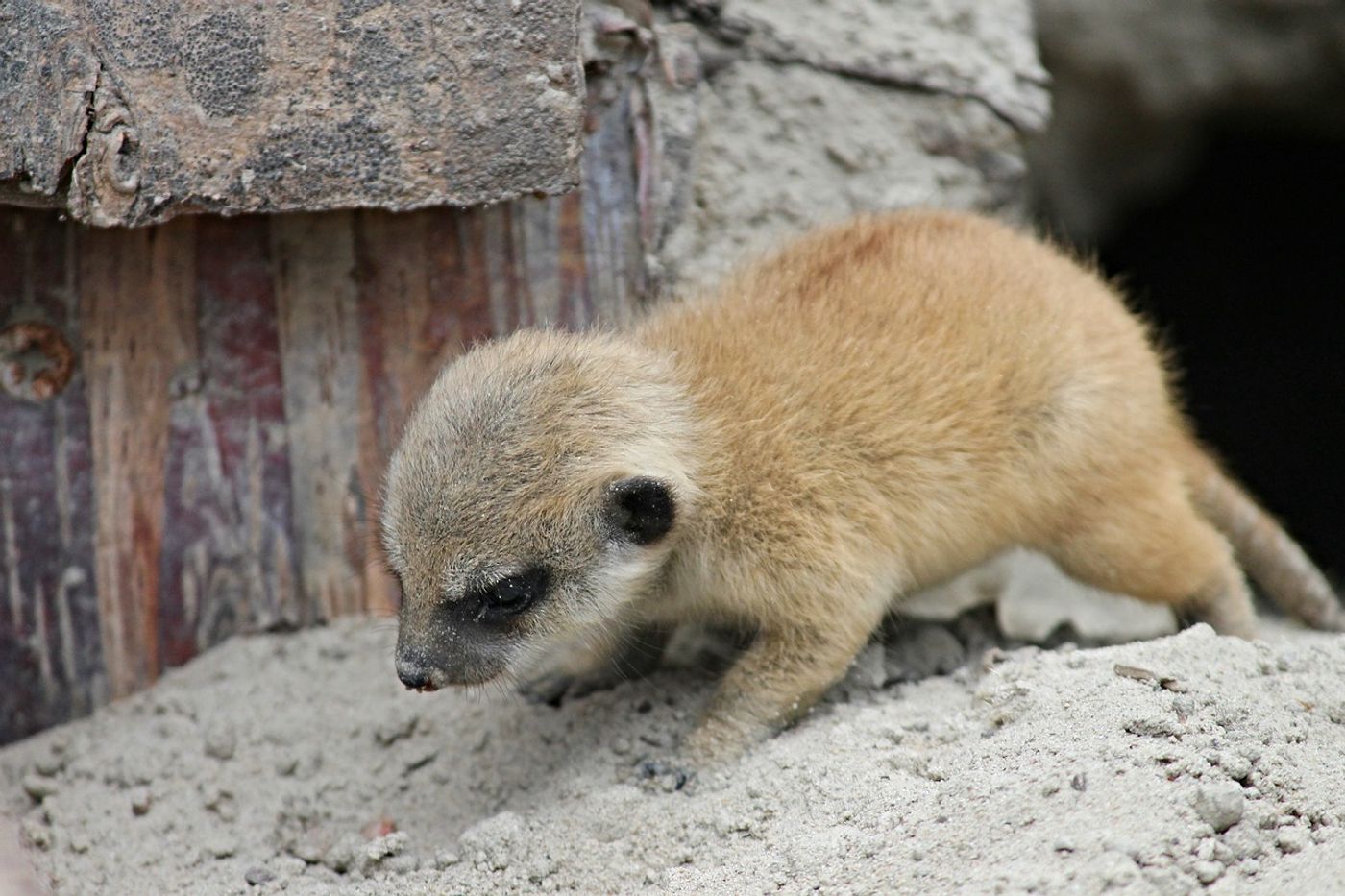Mongooses Develop Tastes for Specific Foods to Prevent Intragroup Conflict
Animals that live in large groups are more vulnerable to intragroup conflict from competition concerning limited prey availability. On the other hand, mongooses seem to have developed a way of evading internal strife despite living in large groups.
Image Credit: Pixabay
University of Exeter researchers reached this conclusion after analyzing mongoose behavior in Uganda, East Africa. Furthermore, they collected whisker samples from many specimens to discern what they had been eating. The findings appear in the journal Ecology Letters.
So just how do mongooses circumvent the common problem of intragroup conflict? Citing the study, they develop niche dietary preferences such that one mongoose doesn’t step another’s toes while foraging. In other words, each mongoose goes after something different to eat.
"Social animals can gain many benefits from group living, but they also suffer from competition over shared food resources," said study co-author Professor Michael Cant from the University of Exeter.
"Our research shows that banded mongooses respond to this competition by developing specialized foraging preferences," he continued.
Related: Polar bears aren't catching enough prey, study finds
The research is significant because it highlights how animals that live in large groups have ways of coping with one another despite elevated prey competition in limited availability circumstances. These findings, although limited to mongooses, could potentially pertain to other unrelated animals in similar predicaments.
"The study helps to explain why animals vary so much in their foraging behavior, even when they live in the same place and have access to the same food," Cant added.
Related: Tropical birds live longer than their temperate counterparts
If one thing’s for sure, it’s that the findings raise more questions about how other animals cope with similar circumstances. That said, it’s probable that we’ll see follow-up studies in the future that attempt to answer all the new questions we have, and it should be interesting to see what comes out of it.
Source: EurekAlert









